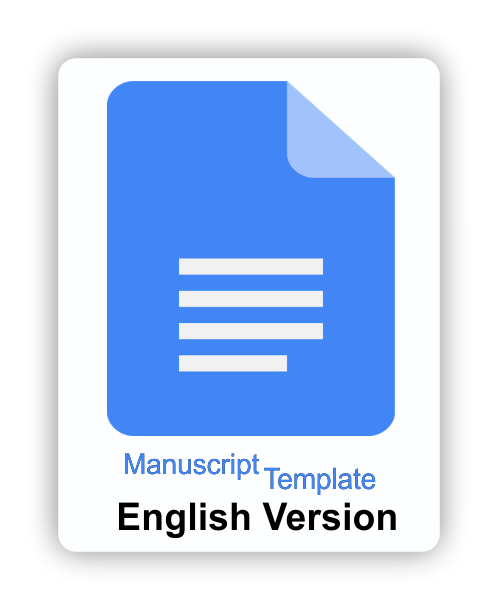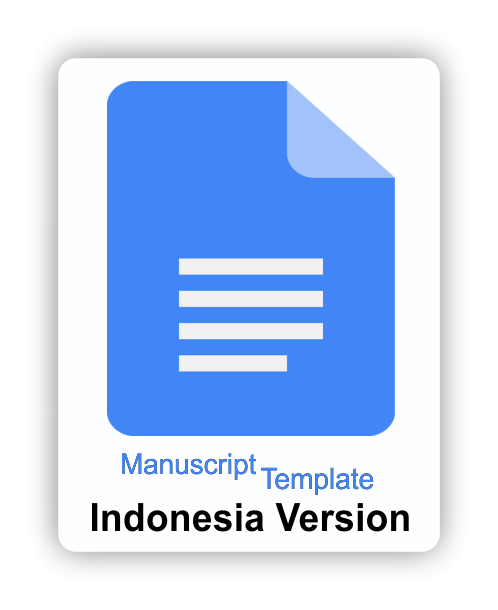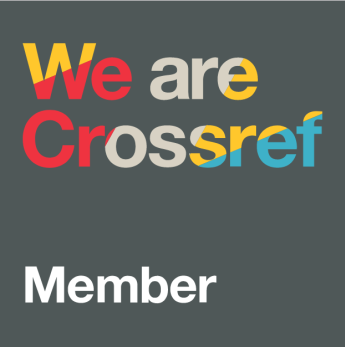Gamified web-based learning to improve evaluation skills in teacher professional education courses
Downloads
Education is a key pillar in the development of individuals and society. In this digital era, technology has revolutionized learning by expanding access and improving the quality of the learning process. One of the recent innovations is the use of web-based learning (WBL), which, although flexible, often lacks interaction elements, thus reducing user engagement. To address this, this research proposes a platform, “Meja Guru Academy,” that integrates gamification elements in WBL to improve the learning evaluation skills of Teacher Professional Education (PPG) students. This research utilizes the Design Thinking approach, which involves the stages of empathy, problem definition, idea development, prototyping, and evaluation—the data collection method through questionnaires produced quantitative and qualitative data for system validation. Content experts rated the platform's educational material at 85.33%, indicating exceptional alignment with learning objectives, while media experts provided a score of 89.60%, highlighting effective usability. User testing with PPG students yielded a strong System Usability Scale (SUS) score of 79, suggesting the platform is highly user-friendly. Additionally, the User Experience Questionnaire (UEQ) results indicated positive user perceptions across multiple aspects, with high ratings in pragmatic quality attributes such as perspicuity and efficiency, and hedonic qualities including stimulation and novelty. Overall, Meja Guru Academy presents an innovative and effective solution for advancing PPG students' evaluation competencies, fostering engagement and self-directed learning through gamified WBL.
Aljraiwi, S. (2019). Effectiveness of gamification of web-based learning in improving academic achievement and creative thinking among primary school students. International Journal of Education and Practice, 7(3), 242–257. https://doi.org/10.18488/journal.61.2019.73.242.257
Cetin, O., Cakiroglu, M., Bayılmış, C., & Ekiz, H. (2023). The importance of education for technological development and the role of internet-based learning in education. The Turkish Online Journal of Educational Technology (TOJET), 3(3), 1-5. https://doi.org/10.48550/arXiv.2306.12082
Deci, E. L., Olafsen, A. H., & Ryan, R. M. (2017). Self-determination theory in work organizations: the state of a science. Annual Review of Organizational Psychology and Organizational Behavior, 4(1), 19–43. https://doi.org/10.1146/annurev-orgpsych
Dewi, G., Tjandra, S., Cahyani Styoningrum, I., & Ardhi, S. (2024). Library system development using design thinking method. International Journal of Science, Technology & Management, 5(4), 749–756. https://doi.org/10.46729/IJSTM.V5I4.1135
Dichev, C., & Dicheva, D. (2017). Gamifying education: What is known, what is believed and what remains uncertain: A critical review. International Journal of Educational Technology in Higher Education, 14(1), 1-36. https://doi.org/10.1186/s41239-017-0042-5
Fatima, N. M., & Sme, S. (2023). Impact of digital technology on education. International Journal For Multidisciplinary Research, 5(6), 1-5. https://doi.org/10.36948/ijfmr.2023.v05i06.7943
Hidayat, W. N., Nasrullah, M. F., Elmunsyah, H., Sutikno, T. A., Asfani, K., Wahyuningtyas, E. P., & Utomo, W. M. (2022). Interaction of mobile learning media with portfolio on photography material for vocational high school students. 8th International Conference on Education and Technology (ICET), pp. 171–176. https://doi.org/10.1109/ICET56879.2022.9990714
Howard, J. L., Bureau, J., Guay, F., Chong, J. X. Y., & Ryan, R. M. (2021). Student motivation and associated outcomes: A meta-analysis from self-determination theory. Perspectives on Psychological Science, 16(6), 1300–1323. https://doi.org/10.1177/1745691620966789
Huang, B., Hew, K. F., & Lo, C. K. (2019). Investigating the effects of gamification-enhanced flipped learning on undergraduate students’ behavioral and cognitive engagement. Interactive Learning Environments, 27(8), 1106–1126. https://doi.org/10.1080/10494820.2018.1495653
Huang, Y.-T., & Wang, T.-H. (2025). Effect of integrating gamified teaching activities on learning emotions of design students with different learning styles. Interactive Learning Environments, 33(2), 1–21. https://doi.org/10.1080/10494820.2024.2446538
Indriyansyah, F., Pratiwi, I. A., & Marfu’atul Khasanah, W. (2023). Analyze the use of learning technology to increase students’ interest in learning. Social, Humanities, and educational Studies (SHES): Conference Series 6(1), 235-240. https://doi.org/10.20961/shes.v6i1.71087
Kusmaryono, I., Wijayanti, D., & Maharani, H. R. (2022). Number of response options, reliability, validity, and potential bias in the use of the likert scale education and social science research: A literature review. International Journal of Educational Methodology, 8(4), 625–637. https://doi.org/10.12973/ijem.8.4.625
Kuzmina, A. A., & Pavlovskaya, E. E. (2024). Design thinking: In the labyrinth of the concept. Architecton: Proceedings of Higher Education, pp. 18–18. https://doi.org/10.47055/19904126_2024_2(86)_18
Lewis, J. R. (2018). The system usability scale: Past, present, and future. International Journal of Human-Computer Interaction, 34(7), 577–590. https://doi.org/10.1080/10447318.2018.1455307
Mandouit, L. (2018). Using student feedback to improve teaching. Educational Action Research, 26(5), 755–769. https://doi.org/10.1080/09650792.2018.1426470
Maulidya, I., Octavania, C., Salma, P., Hilarius, G., Beda, K., Rasita, I., Barus, G., & Fami, A. (2024). ) Analyzing user experience in KAI access application using the UEQ method. JISA (Jurnal Informatika dan Sains), 7(1), 48-52. https://pdfs.semanticscholar.org/9ead/094e84d3a27f0034bbd29a8e7f1dad050476.pdf
Randi, J., & Corno, L. (2022). Addressing student motivation and learning experiences when taking teaching online. Theory Into Practice, 61(1), 129–139. https://doi.org/10.1080/00405841.2021.1932158
Sari, W. R., Komarudin., Badrujaman, A., & Tola, B. (2023). Systematic review of the impact evaluation of teacher profession education programmes in Indonesia. International Journal of Business, Law, and Education, 4(2), 555–568. https://doi.org/10.56442/ijble.v4i2.186
Saefudin, M., Sudjiran, S., & Mawarti, M. A. (2023). Improving user experience through greenpeace website UI/UX redesign with thinking design method. Journal of Information System, Informatics and Computing, 7(2), 419-435. https://doi.org/10.52362/jisicom.v7i2.1315
Vicente, J., & Camocho, D. (2024). Design for sustainability tools: Definition and criteria towards practical use. Journal of Cleaner Production, 479(10), 1-10. https://doi.org/10.1016/J.JCLEPRO.2024.144041
Wang, A. I., Knutsen, V. A., & Askestad, E. (2024). Balancing enjoyment and learning in teaching software project management with game-based learning. Computers and Education Open, 7(1) 1-14. https://doi.org/10.1016/J.CAEO.2024.100226
Wira, M., Dananjaya, P., Humaswara Prathama, G., & Darmaastawan, K. (2024). User-centered design approach in developing user interface and user experience of Sculptify mobile application. Journal of Computer Networks, Architecture and High Performance Computing, 6(3), 1089–1097. https://doi.org/10.47709/cnapc.v6i3.4206
Copyright (c) 2025 Wahyu Nur Hidayat, Widiyanti Widiyanti, Muhammad Aris Ichwanto, Didik Dwi Prasetya, Asna Isyarotul Akbar, Adiftya Bayu Prihandicha, Gulsun Kurubacak Cakir

This work is licensed under a Creative Commons Attribution-ShareAlike 4.0 International License.
The journal allows the author(s) to hold the copyright without restrictions. Finally, the journal allows the author(s) to retain publishing rights without restrictions
 | Jurnal Inovasi Teknologi Pendidikan by http://journal.uny.ac.id/index.php/jitp is licensed under a Creative Commons Attribution-ShareAlike 4.0 International License. |























